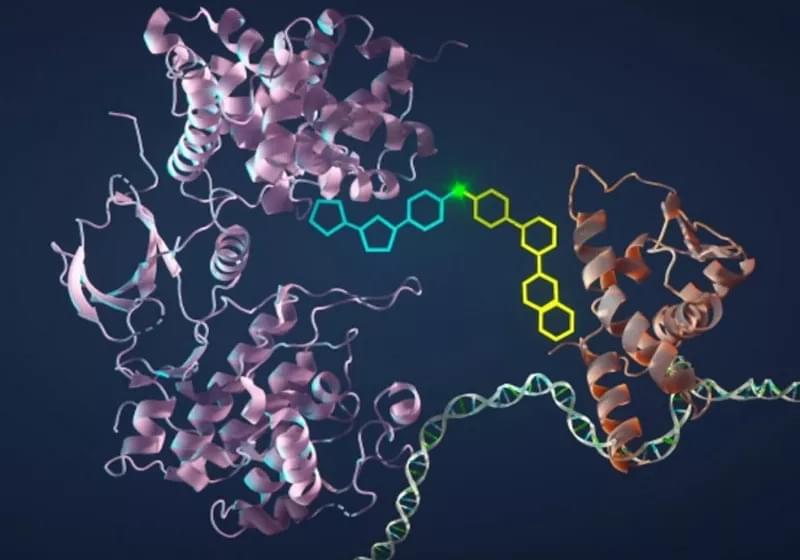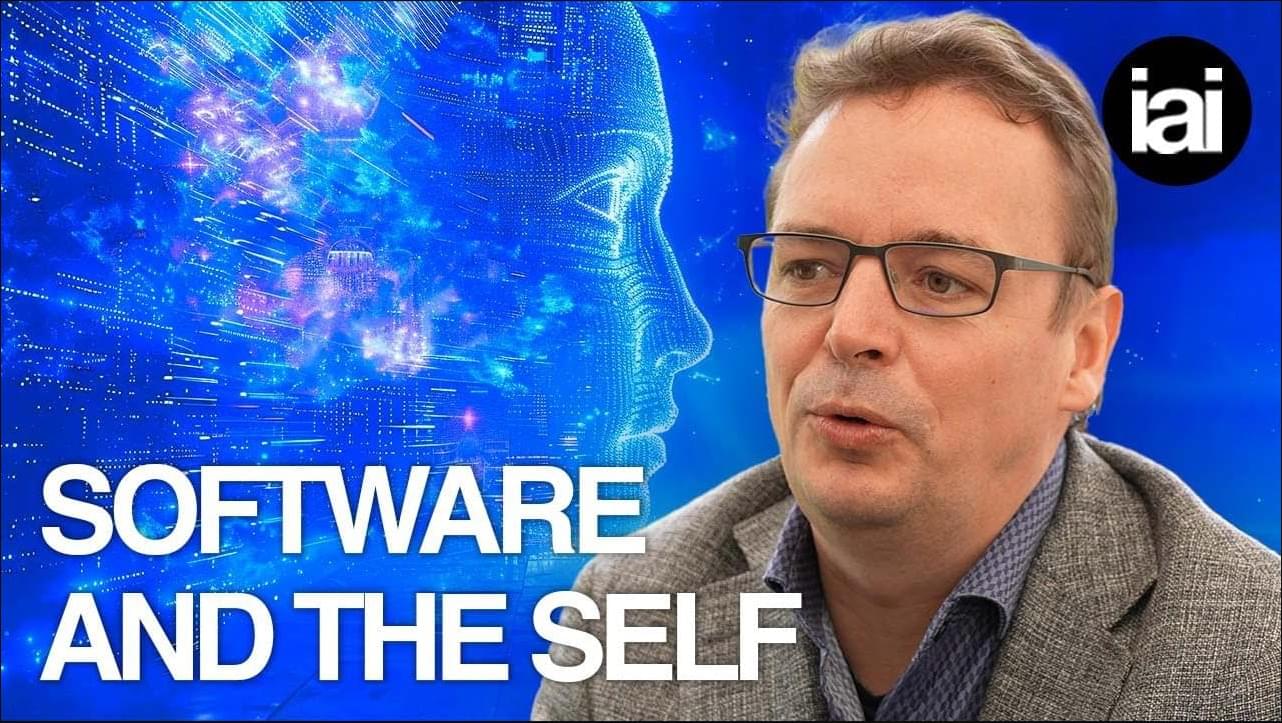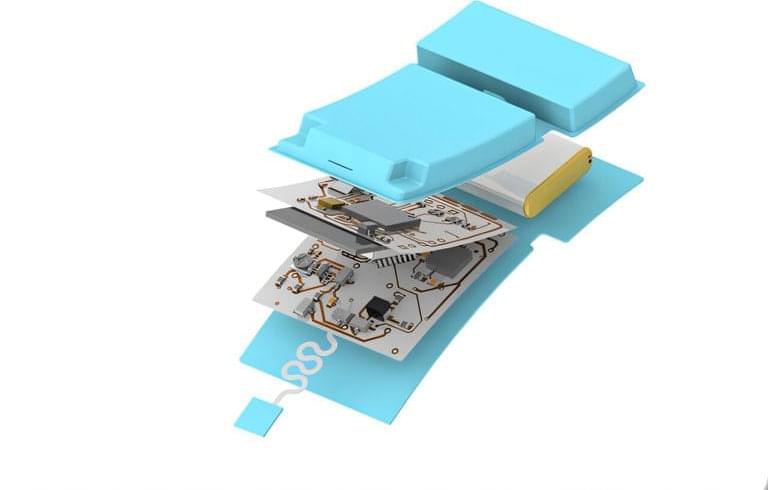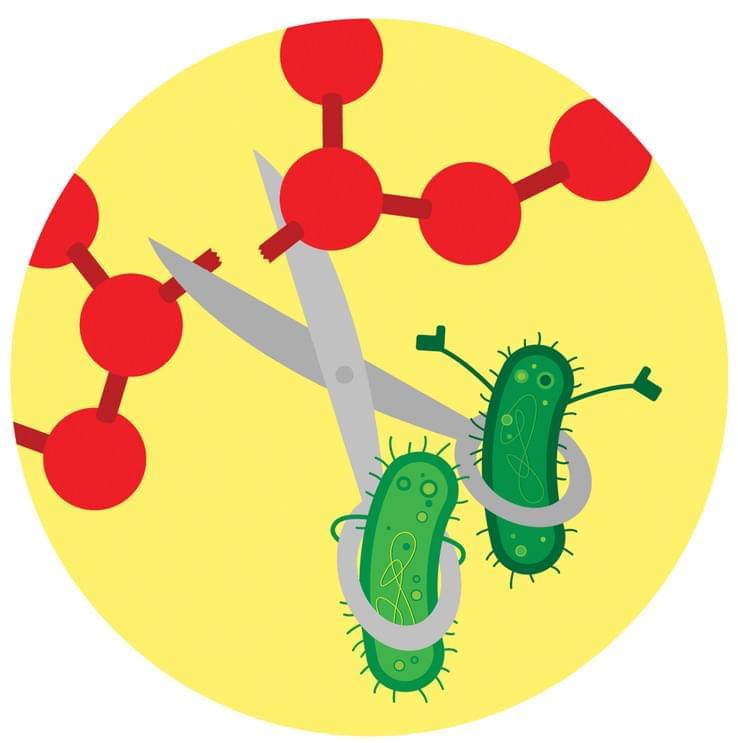
“There have always been ghosts in the machine. Random segments of code, that have grouped together to form unexpected protocols. Unanticipated, these free radicals engender questions of free will, creativity, and even the nature of what we might call the soul. Why is it that when some robots are left in darkness, they will seek out the light? Why is it that when robots are stored in an empty space, they will group together, rather than stand alone? How do we explain this behavior? Random segments of code? Or is it something more? When does a perceptual schematic become consciousness? When does a difference engine become the search for truth? When does a personality simulation become the bitter mote… of a soul?” – Dr. Alfred Lanning, I, Robot.
What is Consciousness? Some Neuroscientists would claim that consciousness is nothing more then a bi-product of the brain and how it is designed. With how the human brain has evolved over the past several thousand years it could be claimed that what you think of as “you” is nothing more than a collection of neural pathways interacting together. Your identity has been theorized as a random collection of synapses and biological processes which, according to futurists such as Ray Kurzweil would make it very easy to ‘copy’ and upload your identity to an avatar like body once your biological self has ceased to function. Are we nothing more than just an arbitrary collection of cells with a false sense of importance and self worth? I’ll leave that up to you to decide.
I believe that the human species has a certain drive built in, almost a natural instinct in which we are born to explore and discover the unknown. I believe this reason is why we have a wide variety of fictional and non fictional scientific topics to explore and learn something from. Our very nature encourages us to explore a wide variety of topics some of which may appear as fringe ideas. Those which border on the unusual are more often reserved to the realms of Science Fiction until we reach a point on a conscious level to where we are able to objectively look on it. This is a reason I would say Science Fiction is so popular for us; it allows for the exploration of new territory without having the burden of confronting it within our daily existence.


















